The Annealing Process in Stainless Steel Manufacturing
The annealing process is a crucial step in stainless steel manufacturing that involves heating and cooling the metal to improve its mechanical properties and relieve internal stresses. This process, commonly used in the production of stainless steel and other metal alloys, significantly affects the material’s strength, ductility, and corrosion resistance.
In this article, we will explore how annealing influences the performance of stainless steel, the different methods used in the annealing process, and its wide-reaching applications in various industries.
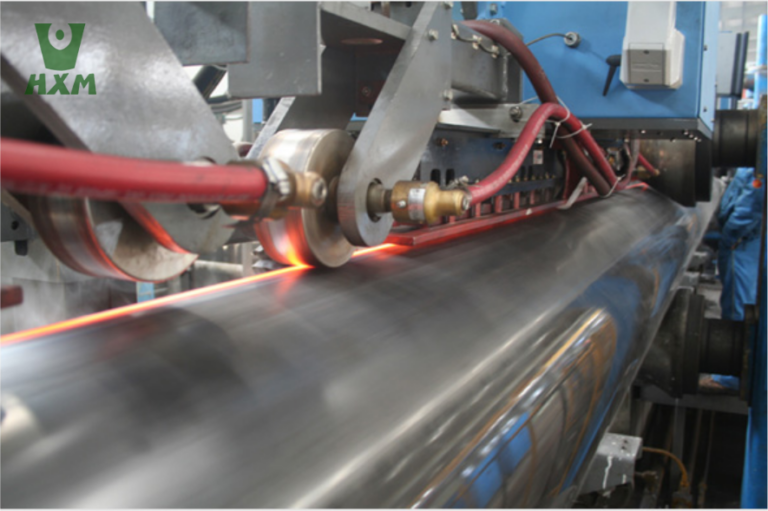
What is Annealing?
Annealing is a heat treatment process that involves heating stainless steel to a specific temperature, holding it at that temperature for a given period, and then cooling it down at a controlled rate. The purpose of annealing is to reduce hardness, improve machinability, eliminate residual stresses, refine the grain structure, and improve overall material performance.
This process is typically done at temperatures ranging from 900°C to 1000°C, depending on the composition of the alloy and the desired results. The key objective of annealing is to enhance the material’s ability to withstand various mechanical and environmental stresses.
Key Objectives of Annealing:
Reducing Hardness: The primary goal of annealing is to soften the metal by reducing its hardness, making it easier to machine, form, and shape.
Stress Relief: Annealing helps relieve internal stresses that occur during mechanical work like rolling or forming, which can cause warping or cracking in the material if not treated.
Grain Refinement: Heating and cooling the material allow for the restructuring of the grains, making the metal more uniform and improving its mechanical properties.
Improved Corrosion Resistance: Annealing helps restore stainless steel’s corrosion-resistant properties by ensuring a uniform distribution of alloying elements like chromium.
Types of Annealing Methods
Several types of annealing processes are used in stainless steel manufacturing, each with a specific purpose depending on the desired final properties of the metal:
1. Complete Annealing (Full Annealing):
Complete annealing involves heating the metal to a temperature above the critical range, followed by slow cooling, typically in the furnace. This method is commonly used for carbon steels and other ferrous alloys to soften the material and reduce its internal stresses.
For instance, during complete annealing of steel, the material is heated to a temperature slightly above the Ac3 point (where the austenite transformation occurs), held at this temperature, and then slowly cooled to allow the formation of soft ferrite and pearlite phases.
2. Incomplete Annealing (Subcritical Annealing):
In this method, the metal is heated to a temperature below the Ac1 critical range (where austenite transformation begins). It is typically used for high-carbon steels and alloyed steels. The purpose of incomplete annealing is to relieve internal stresses without significantly altering the microstructure of the material. This technique is especially useful for high-alloy steels that do not require full annealing.
3. Isothermal Annealing:
Isothermal annealing is a specialized process often used for non-ferrous alloys like nickel and aluminum. The metal is heated to a temperature above the critical point and then rapidly cooled to a lower temperature, where it is held for a specific amount of time. This results in a uniform grain structure and is typically used when the goal is to produce fine-grained, homogenous metals.
4. Spheroidizing Annealing:
This process is used for high-carbon steels to improve machinability by transforming the microstructure into spheroidal cementite within a ferritic matrix. The material is heated to a temperature below the Ac1 point and held for an extended period, followed by slow cooling. Spheroidizing annealing reduces hardness and makes the steel easier to cut and shape.
5. Stress Relief Annealing:
Stress relief annealing involves heating the metal to a temperature below the recrystallization range (typically between 500°C and 600°C) to remove residual stresses without significantly affecting the mechanical properties of the material. This method is commonly used in stainless steel manufacturing to prevent distortion during machining and forming processes.
Applications of Annealed Stainless Steel
Annealed stainless steel finds applications across a wide range of industries due to its improved mechanical properties, corrosion resistance, and formability. Below are some of the most common applications:
1. Aerospace and Automotive Industries:
In the aerospace and automotive sectors, annealed stainless steel is used for components that require excellent strength, fatigue resistance, and corrosion resistance. Parts such as engine components, exhaust systems, and structural elements benefit from the enhanced properties provided by annealing.
2. Medical and Pharmaceutical Equipment:
Annealed stainless steel is widely used in medical and pharmaceutical equipment due to its biocompatibility and corrosion resistance. Surgical instruments, implants, and medical devices are often manufactured using annealed stainless steel to ensure long-term durability and safety.
3. Construction and Architecture:
Stainless steel is a popular material in construction and architectural applications because of its strength, aesthetic appeal, and resistance to environmental factors. Annealed stainless steel is used in roofing, structural beams, decorative elements, and exterior cladding due to its enhanced corrosion resistance and formability.
4. Chemical and Petrochemical Processing:
The chemical and petrochemical industries require materials that can withstand harsh environments, including exposure to corrosive chemicals and extreme temperatures. Annealed stainless steel is frequently used in heat exchangers, reactors, tanks, and piping systems where corrosion resistance and mechanical strength are critical.
Conclusion: Annealing
Annealing is an indispensable process in stainless steel manufacturing that ensures the material can meet the stringent demands of modern industries. By reducing hardness, relieving internal stresses, refining the grain structure, and improving corrosion resistance, annealing enhances the performance and durability of stainless steel across a wide range of applications.
Whether it’s used in aerospace, medical devices, or chemical processing, annealed stainless steel continues to be a trusted choice for engineers and manufacturers seeking a high-performance material capable of withstanding the most challenging environments.
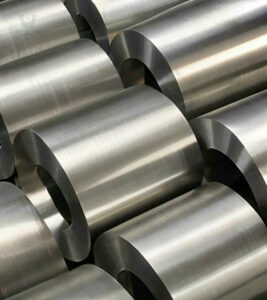
Duplex Steel 2205 Coils: Understanding the Applications and Uses
Duplex Steel 2205 Coils: Understanding the Applications and Uses Duplex Steel 2205 Coils Duplex Steel 2205 coils are widely used duplex stainless steel alloy known
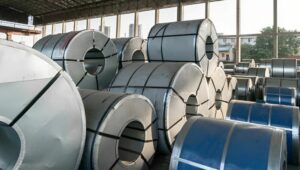
What Are Steel Coils Used For ?
What are steel coils used for? stainless steel coils supplier in China Steel has been at the core of industrial development for centuries, and steel coils play
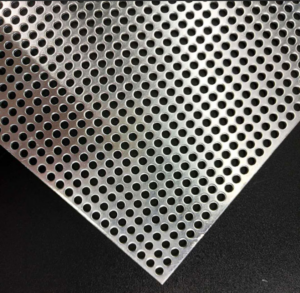
Top 10 Applications of Perforated Metal in Architectural Projects
Top 10 Applications of Perforated Metal in Architectural Projects perforated metal (stainless steel sheet) Perforated metal has long been a staple in industrial design, but
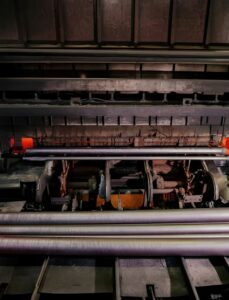
Guide to Stainless Steel Pipe Rolling: Process, Benefits, and Applications
Guide to Stainless Steel Pipe Rolling: Process, Benefits, and Applications stainless steel pipe What is Stainless steel pipe rolling? Stainless steel pipe rolling is a
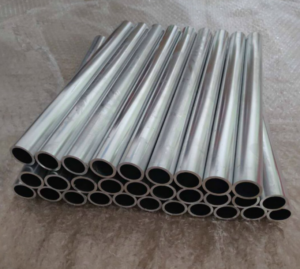
How Are Stainless Steel Welded Tubes Made?
How Are Stainless Steel Welded Tubes Made? stainless steel welded tubes Stainless steel welded tubes are a vital component in various industries, including construction, automotive,
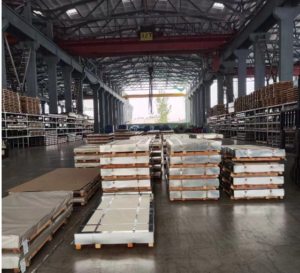
Comparing Stainless Steel Sheets: 409 vs. 410 vs. 410S vs. 420 vs. 430 vs. 440 vs. 446
Comparing Stainless Steel Sheets: 409 vs. 410 vs. 410S vs. 420 vs. 430 vs. 440 vs. 446 Each stainless steel sheet has its own unique



